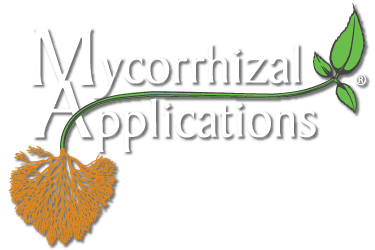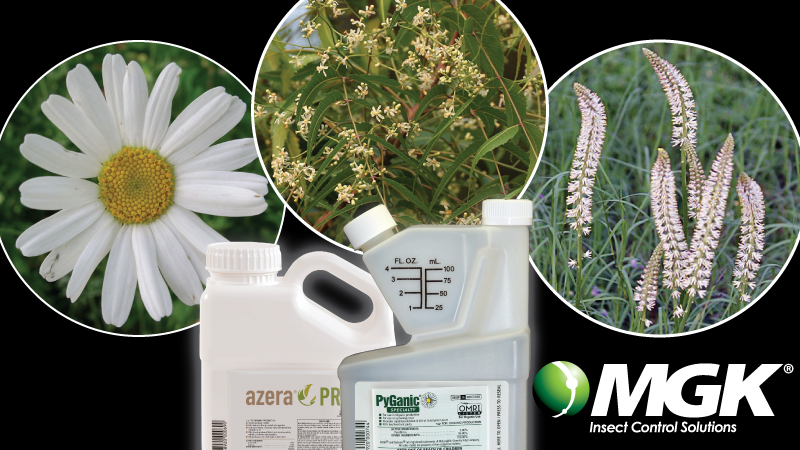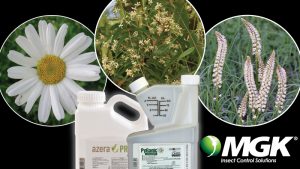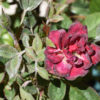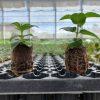Over hundreds of millions of years of evolution, many plants have developed natural mechanisms to protect against pests of all kinds, including insect pests. These mechanisms can be physical properties, like a thick bark or waxy cuticles, but often these mechanisms are more complex, such as the creation of chemicals or compounds that are toxic to insect pests. Plants are like living laboratories, as they collectively biosynthesize a vast number of chemicals in their coevolution with pests and partners, and in fact, plants could be considered the world’s main source of chemical compounds. Throughout human history, people have been using many of these compounds as insecticides in plant cultivation, and beginning in the 1940s when synthetic chemicals were beginning to be created, many of these synthetic insecticidal chemicals were based on the molecules found in the naturally-occurring plant-produced insecticides in nature.
After the invention of synthetic insecticides, it was predicted that the use of botanically-derived insecticides would become obsolete, as these synthetic chemicals could be manipulated to overcome limitations of the naturally-occurring versions. However, many of these manipulations, such as slowing the natural degradation of these chemicals to help them protect plants for longer time periods between applications, had negative unforeseen consequences. For instance, the increased persistence of the chemical in the crop and ultimately in the environment can lead to buildup of toxic substances in the soil, water, and even in the crop itself, which can be dangerous to people, pets, livestock, etc. Also, the fact that these synthetic chemicals are made up of very specific, engineered molecules, it became apparent that certain pests were able to overcome the toxic effects by developing resistance to these specific, uniform molecules. In addition, some of these synthetic chemicals are so much stronger and persistent than their naturally-occurring predecessors, that they are having a negative effect on the populations of beneficial insects like bees and pollinators (neonicotinoids are a good example of this issue).
As the negative side effects of synthetic insecticides continue to mount and increase in prevalence and severity, we are on the cusp of a major resurgence of the botanically and biologically-derived predecessors. It turns out the plants had it right all along, and our human interventions have had unintended consequences to our own health and the health of our environment that are too large to overlook.
Well-Known Sources of Botanical Insecticides:
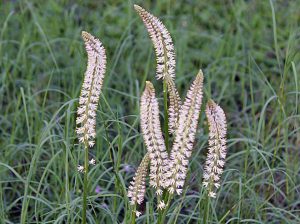
Sabadilla, a plant native to South America and used as an insecticide by indigenous populations, is making a commercial resurgence in the US.
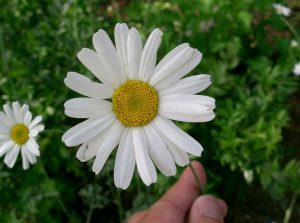
The Chrysanthemum cinerariifolium Flower produces pyrethrins, considered to be the first insecticide identified and used by man.
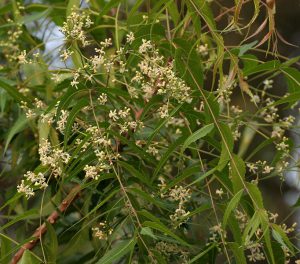
The Neem Tree (Azadirachta indica) produces Neem Oil and Azadirechtin
Outline of the Benefits of Botanical Insecticides:
Essentially, many of the benefits of choosing botanical insecticides such as pyrethrins (PyGanic®, EverGreen®), Neem, Sabadilla, Azadirachtin (Azera®), etc. are centered on the fact that they do not pose the same environmental threats that the synthetic versions do.
- Most botanical insecticide compounds are non-phytotoxic.
- Since most botanically-derived insecticidal compounds have ingestion or stomach-based modes of action, they tend to be more selective to insect pests and less aggressive to beneficial natural enemies, people, pets, or livestock.
- These biologically-occurring compounds generally utilize multiple modes of action against insect pests.
- The complexity and lack of uniformity in the compounds and concentrations of the active ingredients helps to reduce the risk of pests developing pesticide resistance.
- Botanically-derived insecticides can be OMRI Listed for organic use, if the compounds are sourced from organically grown plants. (MGK’s PyGanic® Specialty, PyGanic® Gardening, Azera® Pro and Azera® Gardening are great examples.)
- The more rapid degradation of the naturally-occurring, botanically-derived active ingredients in botanical insecticides is a benefit for a number of reasons:
- This helps protect the health of growers and staff, as the toxic substances tend to degrade relatively quickly via sunlight, so reentry periods are often very short.
- Less of these substances will persist to run-through into the ground water.
- For edible crops, this means that the products can often be used shortly before harvest.
- This lowers the threat to beneficial insects such as pollinators, as botanical insecticides can be applied in the evening after pollinators are no longer active, and UV light will naturally degrade the active ingredients before the pollinators become active again the next day.
DISCLAIMER: Although botanical and biologically derived insecticides are generally less dangerous to people, animals, beneficial insects, etc., this does not mean that they are non-toxic or not potentially hazardous. Please read all product labels carefully, and heed all warning and danger disclaimers on product packaging before handling or applying these products.
If you have any questions about anything covered in this article, please contact us at 866-476-7800 or email us at inquiries@mycorrhizae.com.
Article by: Graham Hetland – Mycorrhizal Applications’ Product & Communications Manager
May 16, 2019
